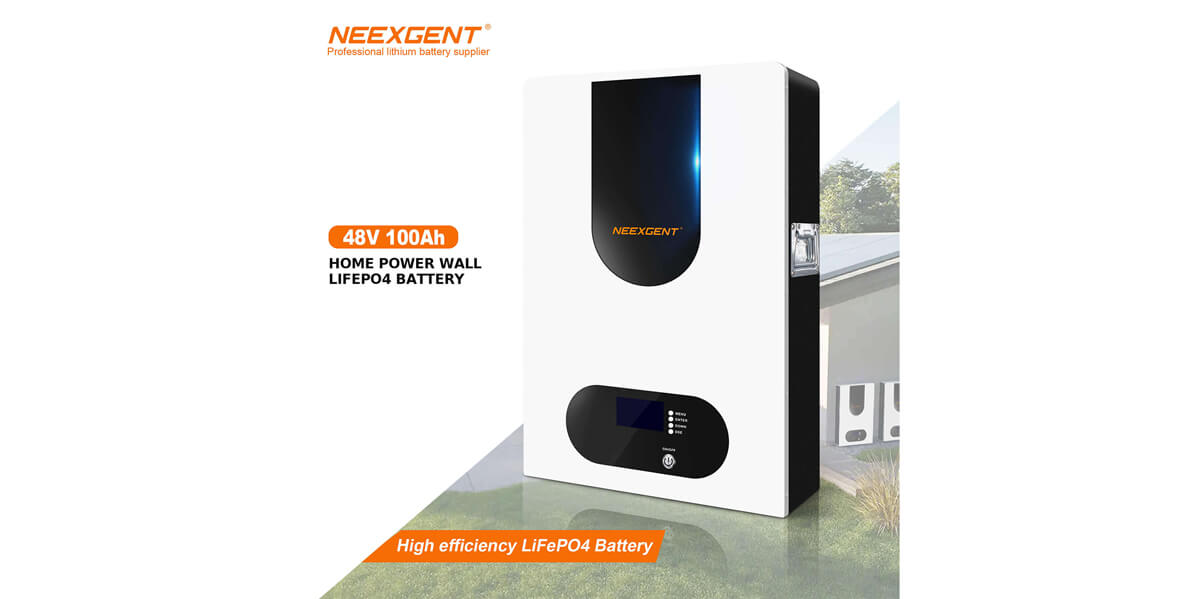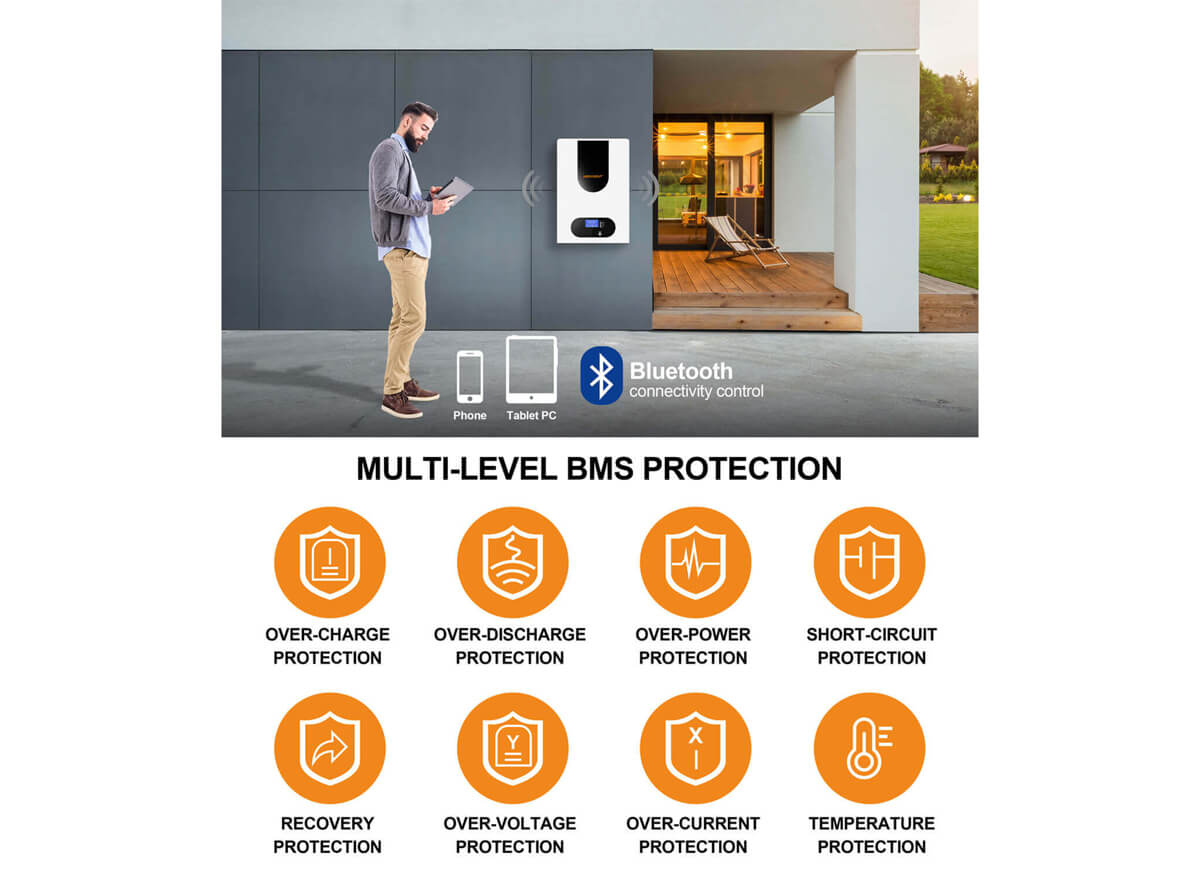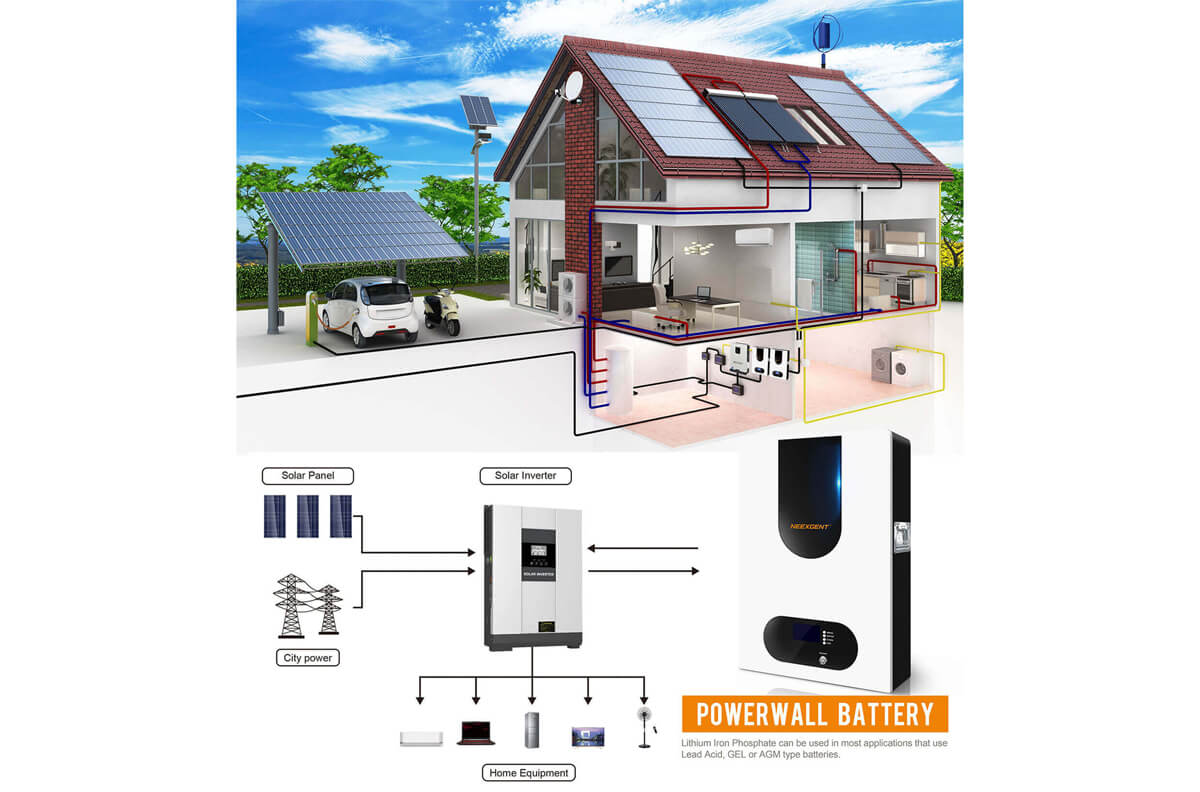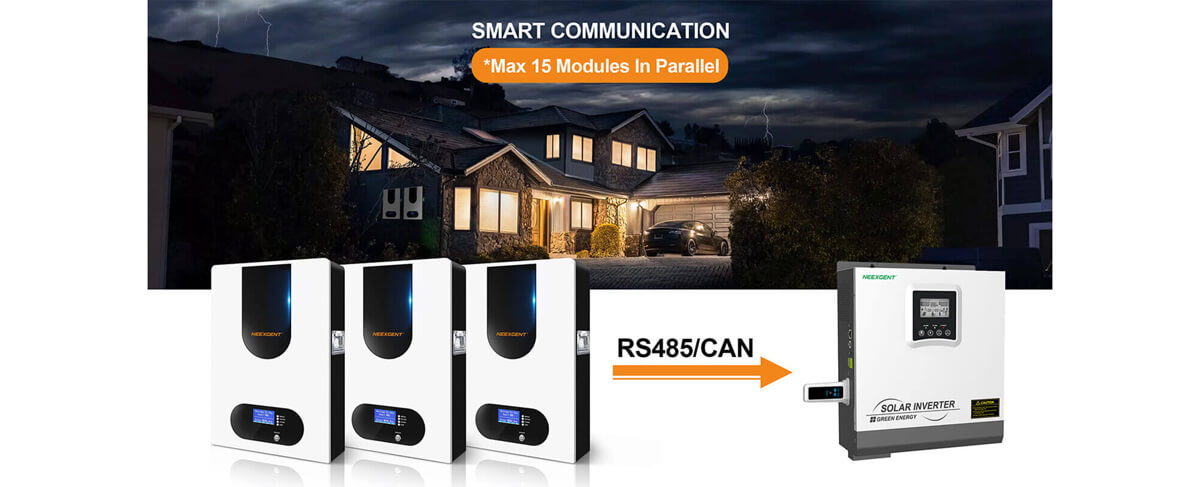As renewable energy sources continue to gain momentum in the global energy landscape, the importance of energy storage solutions becomes increasingly evident. Wall-mounted batteries have emerged as a popular choice for both residential and commercial applications, offering a convenient and efficient means of storing electricity. However, not all wall-mounted batteries are created equal. The difference between a good and a bad wall-mounted battery can have a significant impact on its performance, lifespan, and overall value. So, what sets them apart?

Energy Storage Capacity:
One of the primary factors that differentiate a good wall-mounted battery from a bad one is its energy storage capacity. A good battery will have a higher energy storage capacity, allowing it to store and deliver more electricity when needed. This translates into greater self-sufficiency and resilience, as well as the ability to power more appliances and devices during outages or when renewable energy generation is low.

Efficiency:
Efficiency is another crucial aspect to consider. A good wall-mounted battery will have high efficiency, meaning it can store and release electricity with minimal energy losses. This ensures that the stored energy is effectively utilized, maximizing the battery's performance and reducing wastage. On the other hand, a bad battery with low efficiency will result in more energy being lost as heat during charging and discharging cycles, decreasing overall effectiveness.
Lifespan and Durability:
The lifespan and durability of a wall-mounted battery are vital considerations for any consumer. A good battery will be designed and built to withstand the rigors of regular charging and discharging cycles over an extended period. High-quality components and advanced engineering techniques contribute to a longer lifespan. On the contrary, a bad battery may have inferior construction, using low-grade materials that can degrade quickly under heavy usage conditions, leading to a shorter lifespan and reduced overall value.

Safety Features:
Safety is paramount when it comes to energy storage systems, especially in residential settings. A good wall-mounted battery will incorporate various safety features such as thermal sensors, overcharge protection, short-circuit prevention, and fire-resistant materials. These features ensure safe operation, minimize the risk of accidents or damage, and provide peace of mind to the users. Conversely, a bad battery may lack proper safety mechanisms, increasing the likelihood of malfunctions or hazardous situations.
Integration and Compatibility:
A good wall-mounted battery should be designed for seamless integration with existing solar power systems, grid connections, or other energy sources. It should be compatible with a wide range of inverters and monitoring systems, allowing for easy installation and monitoring. A bad battery may have limited compatibility, making it challenging to integrate with other components and limiting its overall usefulness and flexibility.

Warranty and Support:
The level of warranty and customer support provided by the manufacturer is an essential aspect to consider. A good wall-mounted battery typically comes with a comprehensive warranty and reliable customer support, ensuring that any issues or defects are promptly addressed. Conversely, a bad battery may lack proper warranty coverage or responsive customer service, leaving the user with limited recourse in case of problems.
Performance Monitoring and Control:
A good wall-mounted battery will often come with advanced monitoring and control features that allow users to track its performance and make necessary adjustments. These features may include real-time data monitoring, remote access, and smart control functionalities. By providing insights into energy usage patterns and offering the ability to optimize battery settings, a good battery empowers users to make informed decisions and maximize their energy storage system's efficiency. A bad battery, on the other hand, may lack these monitoring and control capabilities, limiting the user's ability to manage and optimize their energy storage system effectively.

Environmental Impact:
In today's world, environmental sustainability is a significant concern for many individuals and businesses. A good wall-mounted battery takes into account its environmental impact throughout its lifecycle. It may incorporate environmentally friendly materials, have efficient energy conversion processes, and support recycling initiatives. On the contrary, a bad battery may have a larger carbon footprint, use hazardous materials, or lack proper disposal and recycling options, contributing to environmental degradation.
Brand Reputation and Reviews:
When evaluating wall-mounted batteries, it is essential to consider the brand reputation and user reviews. A good battery is often associated with a reputable brand known for its quality, reliability, and customer satisfaction. Positive reviews and testimonials from other users can provide valuable insights into the battery's performance, durability, and overall user experience. Conversely, a battery with a poor reputation or negative reviews should raise red flags and warrant further investigation.

Cost and Value:
Last but not least, the cost and value proposition of a wall-mounted battery play a crucial role in determining its quality. While good batteries may come with a higher upfront cost, they often provide better long-term value through their performance, lifespan, and reliability. On the other hand, a bad battery may have a lower price tag but could result in higher maintenance costs, shorter lifespan, and overall dissatisfaction.

The difference between a good and a bad wall-mounted battery extends beyond the surface. Factors such as energy storage capacity, efficiency, lifespan, safety features, compatibility, warranty, performance monitoring, environmental impact, brand reputation, and cost all contribute to distinguishing between a superior product and an inferior one. By carefully considering these factors and conducting thorough research, consumers can make an informed decision that aligns with their energy storage needs, budget, and sustainability goals. Remember, investing in a good wall-mounted battery is an investment in long-term energy resilience, efficiency, and peace of mind.












